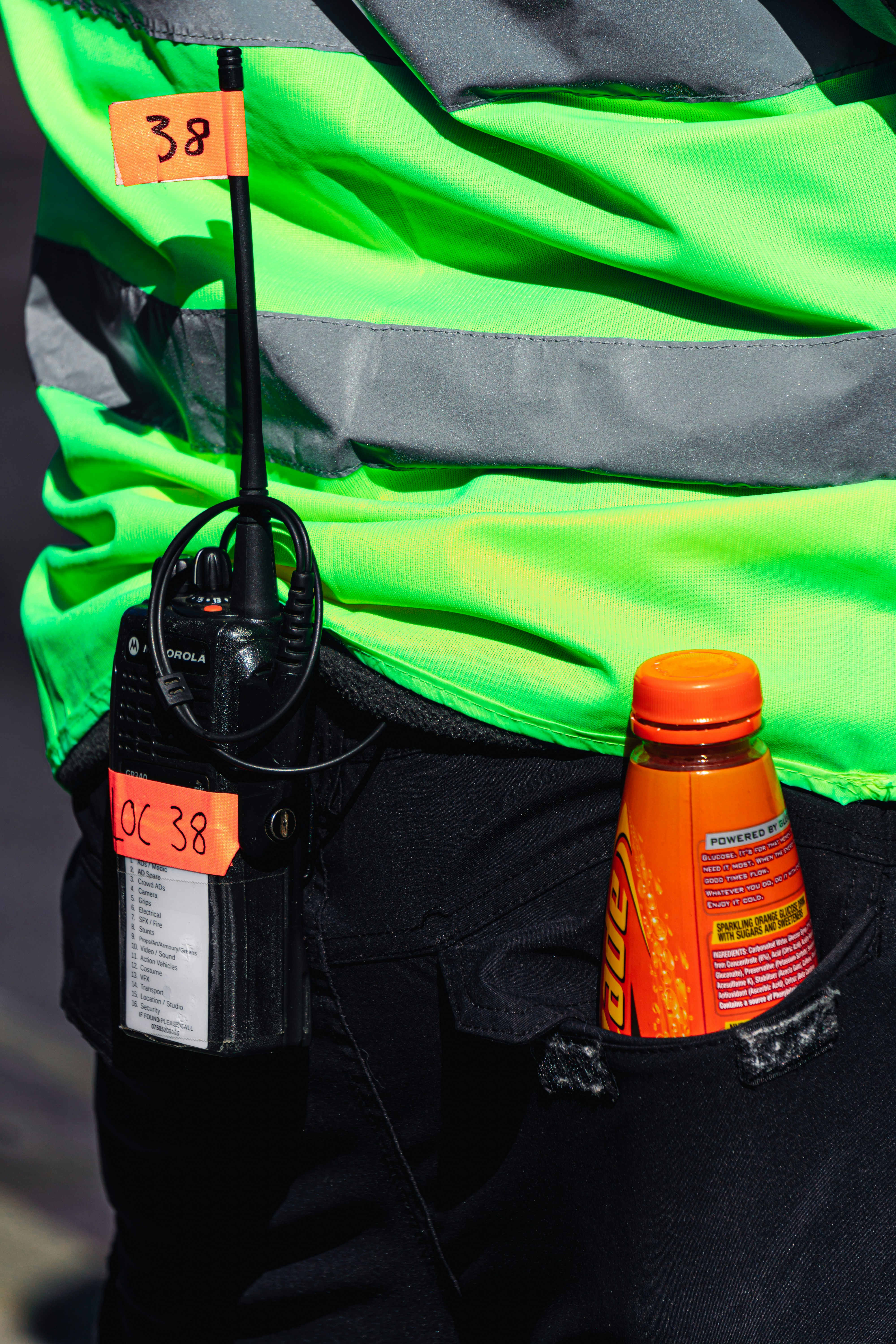Introduction: The Importance of Communication During Hurricanes
In the face of a hurricane, the power of communication cannot be overstated. Timely and effective communication can mean the difference between chaos and coordinated action, between panic and preparedness. As an organization dedicated to disaster preparedness, HelpNow emphasizes the critical role of communication strategies in ensuring safety and reducing harm during these intense weather events. In this blog post, we will explore various strategies to optimize communication during hurricanes, enhancing the overall response and recovery efforts.
Understanding Communication Challenges
Hurricanes bring a unique set of challenges that can significantly impact communication infrastructure. Power outages, damaged cell towers, and overloaded networks can lead to communication blackouts just when they are needed most. In addition to these physical challenges, the emotional stress and urgency of the situation can lead to miscommunication or panic-induced errors.
Pre-emptive Measures: Setting Up Reliable Channels
Ensuring effective communication during a hurricane begins long before the first warning is issued. Communities and organizations should establish reliable communication channels and protocols well in advance. Here are some key strategies:
- Redundant Systems: Invest in multiple communication platforms such as satellite phones, radios, and online messaging apps to ensure there’s a backup in case one system fails.
- Community Networks: Develop community communication networks that can disseminate information efficiently. This could involve setting up local WhatsApp groups or neighborhood alert systems.
- Emergency Kits: Include communication tools in emergency preparedness kits, such as battery-operated radios, extra phone chargers, and pre-paid calling cards.
During the Hurricane: Real-Time Communication Strategies
During a hurricane, real-time communication becomes crucial. Ensuring that the right messages reach the right people at the right time requires strategic planning:
- Clear Messaging: Use concise, clear, and consistent messages to avoid confusion. Reiterate important information such as evacuation routes and shelter locations.
- Use Multiple Channels: Broadcast information through various channels—social media, local radio, public address systems—to increase the likelihood of reaching all segments of the population.
- Centralized Command Center: Establish a centralized command center that can coordinate communication efforts and act as the official source of information.
Leveraging Technology for Enhanced Communication
Advancements in technology offer new tools for improving hurricane communication strategies. Harnessing these technologies can make communication faster and more reliable:
- Mobile Alerts: Use geotargeted mobile alerts to send emergency notifications directly to those in the affected area.
- Social Media Monitoring: Implement social media monitoring to keep track of real-time public sentiment and misinformation, allowing authorities to address issues promptly.
- Data Sharing Platforms: Utilize cloud-based platforms to share critical data among emergency services and local authorities for a coordinated response.
After the Storm: Communication for Recovery
The role of communication extends beyond the immediate emergency, playing a vital role in recovery efforts:
- Regular Updates: Continue to provide regular updates about the status of recovery operations and services available to affected communities.
- Community Engagement: Encourage community participation in recovery efforts by sharing success stories and fostering a sense of collective achievement.
- Feedback Channels: Establish feedback channels to collect information from the public about ongoing needs and improvements for future preparedness.
Resources and Training Opportunities
To equip individuals and organizations with the necessary skills for effective communication during hurricanes, HelpNow offers specialized training programs. Our Emergency Equipment Safety course includes modules on communication strategies, ensuring participants are well-prepared to handle the unique challenges of hurricane events.
For those interested in playing a more active role in community preparedness, consider joining HelpNow’s network of volunteers. More information is available on our join page.
Conclusion: Building a Communication-Ready Community
In hurricane-prone regions like Florida, robust communication strategies are essential for resilience and recovery. By understanding the challenges, leveraging technology, and preparing in advance, communities can ensure that they are ready to face the communication hurdles that hurricanes bring. HelpNow is committed to supporting these efforts through training and resources, fostering a communication-ready community equipped to weather the storm.
For more detailed information on communication strategies and other disaster preparedness topics, visit our blog. Stay informed, stay prepared, and help us build a safer, more resilient community.

